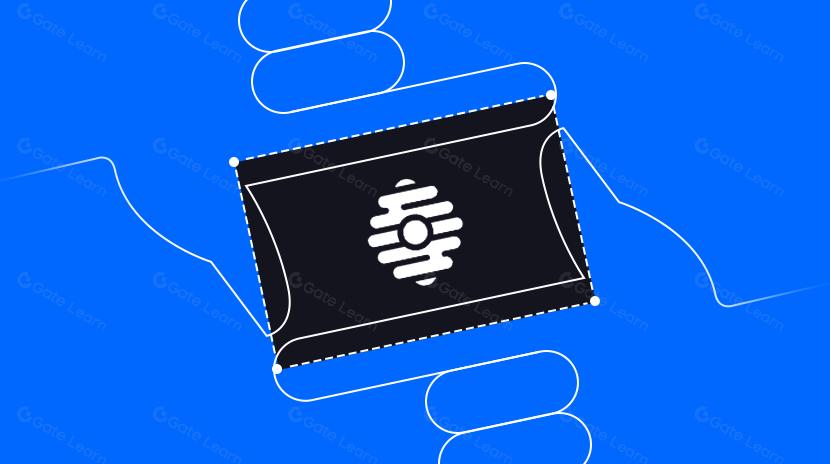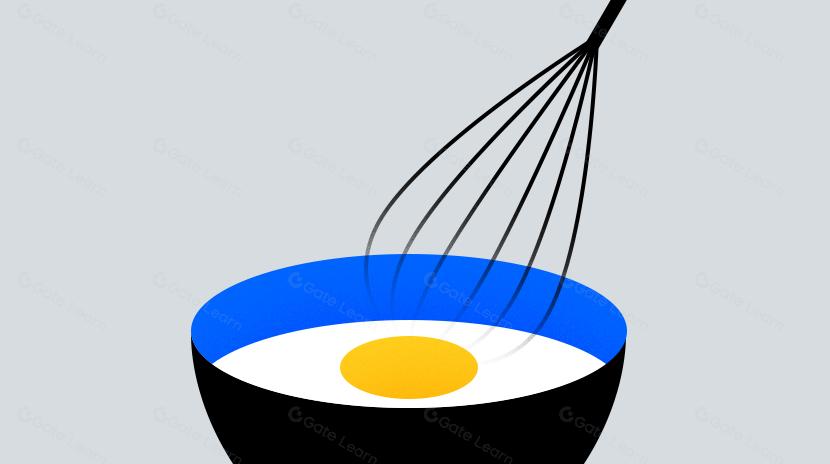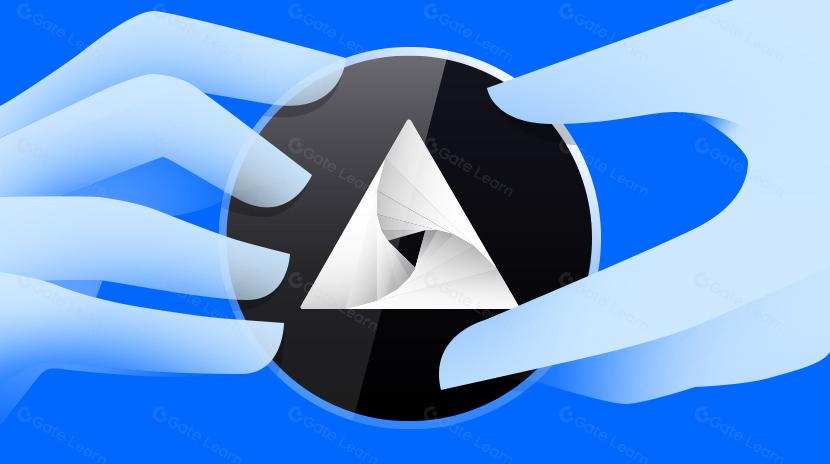Doodles 代幣首發 Solana:熱度與風險並存
隨著 Doodles 官宣發幣,這股由老牌 NFT 項目掀起的“發幣潮”逐漸接近尾聲。對於沉寂已久的 NFT 行業而言,這次短暫的熱度或許為其注入了一絲新活力,成為行業走出頹勢的重要推手。然而,單純依靠發幣並非長久之計,對於整個行業來說,尋求更多破局之道才是關鍵。繼 Pudgy Penguins 胖企鵝憑藉陽光普照式空投引發市場熱議後,又一知名以太坊藍籌 NFT 項目 Doodles 於 2 月 14 日正式官宣發幣,其代幣 $DOOD 初始流通在 Solana 區塊鏈上,後續也將支持 Base 網絡。作為對社區用戶的激勵,$DOOD 總量的 68% 將分配給社區。
本文將圍繞 Doodles 項目展開,扼要概述其發展歷程,並深入分析胖企鵝、Doodles 等以太坊藍籌 NFT 項目選擇在 Solana 發幣的原因,以及現階段 NFT 項目困境。
Doodles 項目概述
Doodles NFT 系列由 10,000 件生成式數字藝術作品組成,角色包括人類、骷髏、貓、外星人、猿和吉祥物等,以其別具一格的塗鴉風格和柔和、歡快的色彩而著稱。Doodles NFT 最早於 2021 年 10 月啟動,當時鑄幣價格為 0.123 ETH,最終成功募集了 420 ETH 的初始資金。

(來源:@evankeast)
Doodles 核心創始團隊有三人:Evan Keast@evankeast、Jordan Castro@poopie 和 Scott Martin@burnttoast,均來自 NFT 開發商 Dapper Labs。其中,Evan Keast 和 Jordan Castro 是加密貓 CryptoKitties 的核心開發人員,而 Scott Martin 則是一位創新藝術家,Doodles NFT 系列便是出自他的手筆。除了這三人外,Billboard 總裁 Julian Holguin 曾在 2022 年加入並擔任 CEO 一職,不過在今年 1 月底,@burnttoast 在 X 平臺發文宣佈將接任該職位。
Doodles 以 NFT 打響知名度,但團隊的最終目標是成為綜合性的 Web3 娛樂公司。因此,在過去數年中,除了 NFT 系列外,團隊也在跨領域橫向發展,涵蓋音樂、遊戲、動畫、短片等多種娛樂產品,並積極與全球頂級公司,如麥當勞、阿迪達斯等合作,以提升品牌知名度和影響力,併為持有者賦予更多的長期價值。目前,Doodles 生態產品和服務主要包括:
- NFT 系列
除了 Doodles 外,團隊陸續推出了 Doodles 2、Dooplicator、Space Doodles、Genesis Box,每個系列擁有不同的特性、用途和好處。例如,Doodles 2 系列是動態的,允許用戶使用不同稀有度的可穿戴設備對其進行自定義。
- DoodlesTV
2023 年 1 月,Doodles 收購了曾獲得艾美獎提名的動畫工作室 Golden Wolf,並創作了一系列動畫短片。不過該系列作品並不都是免費開放,部分短片需要用戶持有通行證或 Space Doodles NFT,亦或者成為 Doodles OG 才可以觀看。

(來源:doodles.app)
- Doodles 商店
Doodles 推出了一系列原創周邊產品,如毛絨玩具、襪子等,也和阿迪達斯、Crocs、麥當勞等知名品牌推出了聯名款產品,以及限量收藏包。用戶通過開盲盒的形式打開收藏包,有機會獲得稀有可穿戴設備、活動通行證、特殊收藏品、可兌換實物等。

(來源:doodles.app)
- Inkubator
Doodles 由社區驅動,因此團隊先後設立了 Doodlebank 社區金庫和 Launchpad 計劃 Inkubator,旨在賦予持有者權益,更好的參與和推動生態建設。尤其是 Inkubator,它將為 Doodles OG 提供多方面的支持,包括資金捐贈、社區活動、營銷合作、商業實驗、定製計劃等,以進一步豐富社區和提高 Doodles 的品牌影響力。
據團隊表示,通過多年的發展,Doodles 已取得了顯著成績,目前累計獲得了 160 萬關注用戶、8,600 萬次歌曲播放量、1 億次實物分發,以及 89 億次瀏覽量。
至於融資方面,Doodles 曾在 2022 年 9 月以 7.04 億美元的估值完成了一筆 5,400 萬美元的股權融資,該筆投資由 Reddit 聯合創始人 Alexis Ohanian 旗下的風險投資機構 776 Fund 領投,FTX Ventures、10T Holdings 和 Acrew Capital 等機構參投。
$DOOD 為何首發 Solana?
在成立三年多後,Doodles 正式推出了代幣 $DOOD。$DOOD 總供應量 100 億,最初登錄 Solana 區塊鏈,後續也可以橋接至以太坊 L2 Base 鏈。
根據團隊釋出的信息,總量的 68% 將分配給社區,其中公司和團隊共計持有的 22% 份額將鎖倉 1 年,然後分 3 年釋放。至於何時上線,以及社區分配細節等信息,團隊暫未透露。

(來源:@doodles)
Doodles 發幣的消息一經發出,得到了 Solana 官方 X 帳號的轉發和熱情歡迎。與此同時,Doodles 生態多個 NFT 合集均出現了不同幅度的價格和交易量增長。以 Doodles NFT 為例,據 NFTGo 平臺數據顯示,該系列 NFT 當日交易額突破 2,868 ETH,相較於平時 100 ETH 左右的交易額增長近 30 倍,地板價也從 3.8 ETH 漲至 4.6 ETH,漲幅約 21 %。截止 3 月 8 日,Doodles 地板價回落至 3.25 ETH,以總市值 32.65K ETH 成為全球市值第七的 NFT 項目。

(來源:nftgo.io)
本次消息刺激下的 NFT 價格漲幅不及預期,或許是由於利好的過度透支。去年 12 月 20 日,@burnttoast 曾發文暗示即將發行代幣。當時,這則消息在社區引發了熱烈討論,Doodles NFT 地板價短時飆升,一度觸及 7 ETH,是近 2 年來的最高值。
不過,Doodles 團隊選擇將代幣 $DOOD 首發 Solana 區塊鏈也得到了部分社區用戶的質疑和不解。事實上,此前 Doodles 宣佈將 Doodles 2 從以太坊遷移至 Flow 區塊鏈上發行時,也曾讓社區大吃一驚,並嚴厲斥責他們“放棄了以太坊”。
當時,團隊曾出面安撫社區,並解釋稱主要是考慮 Flow 的用戶門檻低且無 Gas 費,以及最重要的一點,選擇不同區塊鏈可以擴大 Doodles 的生態系統訪問範圍,觸及更廣泛的用戶群體。同時,Doodles 也會繼續深耕以太坊生態。
無論是胖企鵝,還是 Doodles,他們之所以選擇在 Solana 上發幣,多鏈發展策略是主要考量,這樣既能夠保留以太坊的 IP 價值,也能夠充分利用不同區塊鏈的流動性,並尋求差異化競爭機會。至於為何 Solana 脫穎而出,也無非是考慮到:
1)以太坊仍然是 NFT 賽道主戰場,但其擁堵和高 Gas 費用嚴重限制了新興代幣的擴展空間。相比之下,Solana 能夠提供更快的交易速度和更低的交易成本,更適合高頻交易和代幣分發。
2)在本輪週期行情中,以太坊表現欠佳,相反 Solana 憑藉 Memecoin 熱潮一舉搶佔市場,鏈上交易量和用戶活躍度激增,其代幣 $SOL 價格也屢創新高。據 Artemis 平臺數據顯示,Solana 在過去一年中的日交易量是以太坊的數十倍,而在資金淨流入方面,Solana 也以 25 億美元的亮眼數據遙遙領先。

(來源:app.artemis.xyz)
3)以太坊一直以強大的開發者社區和繁榮生態著稱,Solana 在過去數年中也取得了顯著增長,吸引了大量開發者和項目入駐,覆蓋 DeFi、NFT、遊戲等多個領域,並得到了灰度、VanEck 等機構的認可,Solana 現貨 ETF 也正在有序申請中。
NFT 發幣:熱度與風險並存
NFT 賽道曾經一度如日中天,但輝煌過後,已經很長時間停滯不前。或許是為了自救,從去年底開始,一些藍籌 NFT 項目們紛紛推出代幣,試圖刺激用戶情緒,重新吸引市場的關注。
然而,發幣真的是萬能解藥嗎?
頭部 NFT 項目胖企鵝官宣發幣後,其 Pudgy Penguins NFT 系列地板價一度飆升突破 35 ETH,創下了歷史新高。但是短暫的熱度未能維持太久,一旦空投預期落地,如果資產缺乏實際效用的支撐,市場情緒就會迅速回歸理性。該系列 NFT 已經回落至 10 ETH 左右,而其代幣 $PENGU 也從開盤最高價 0.055 美元持續下跌,目前已經跌至 0.006 美元,跌幅高達 89%。

(來源:Gate.com)
至於其他大熱 NFT 項目,如 Azuki 也為旗下動漫項目 Animecoin 推出了 $ANIME 代幣,儘管 Azuki 創始人 Zagabond 發文聲稱 $ANIME 將兼具願景、產品與真實用例,但市場並不買單,無論是 NFT 還是 $ANIME 代幣均在短暫小幅上漲後,再次迴歸下跌趨勢。
甚至就連曾經的頭部 NFT 交易所 OpenSea 發幣,也遭到了部分社區用戶的抨擊,被認為是徹底變成殭屍前的最後一次收割,無法挽救其從 90% 跌至 29% 的市場份額。
由此可見,在流動性匱乏的市場中,發幣可能成為一時的“續命良藥”,在短時間內快速吸引投機資金和市場關注,但無法解決根本問題,如果缺乏實際的、可持續的代幣用例和生態支持,熱度會很快消散,並再次陷入生存危機中。
又或者,即使不發行代幣,只要持續賦予 NFT 價值,那麼也能夠維持其熱度和價格。

(來源:nftpricefloor.com)
以 Milady Maker 為例,這一系列由 10,000 個生成式數字藝術作品組成,靈感來自街頭風格部落。Milady Maker 雖未發幣,但卻通過空投預期維持著較高的地板價,目前以 36.54K ETH 位列市值排行榜第六名。在過去數年中,其 NFT 持有者陸續收到了來自 Renzo、Ethena 等項目方的代幣空投。不過需要注意的是,Milady 創始人 Charlotte Fang 募資 5,861.8 枚 ETH 發行了 Memecoin $CULT,已於去年 12 月上線交易。
未來展望
歸根究底,NFT 項目想要在競爭激勵的市場中長久立足,需要多方位的綜合支持,比如強大的社區基礎、代幣經濟的可持續性、生態創新和擴展等。
團隊需要不斷深耕市場教育、NFT 價值、生態建設和社區治理等諸多方面,比如:
- 進一步降低用戶門檻,持續搭建多元社區,讓更多用戶參與 NFT 生態;
- 深度擴展 NFT 用例,融入實體經濟、文化 IP 等領域,賦予其更多實際價值;
- 通過 GameFi、SocialFi 等創新模式,提升 NFT 的互動性和流動性;
- 通過合理的代幣經濟模型和 DAO 治理機制,讓社區成員真正參與生態建設,形成長期激勵和歸屬感。
結語
隨著 Doodles 宣佈發幣,這股由老牌 NFT 項目掀起的“發幣潮”逐漸接近尾聲。對於沉寂已久的 NFT 行業而言,這次短暫的熱度或許為其注入了一絲新活力,成為行業走出頹勢的重要推手。
然而,單純依靠發幣並非長久之計。對於整個行業來說,尋求更多破局之道才是關鍵,只有不斷尋找新的突破口,或許才能再次讓 NFT 賽道迎來新一輪的增長週期。
相關文章

什麼是中本聰同步?您需要瞭解的有關 SSNC 的所有資訊

最後與當前牛市中的 NFT 和模因幣

什麼是海夫?您需要瞭解的有關HYVE的所有資訊

什麼是漿果?您需要瞭解的有關BERRY的所有資訊

2024 年混合代幣綜合指南
